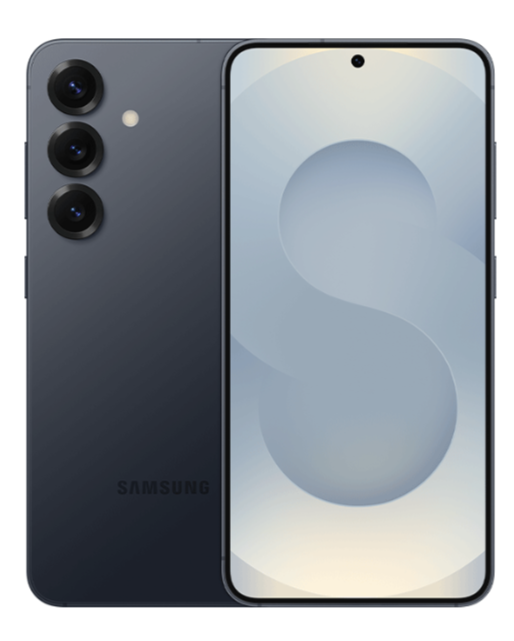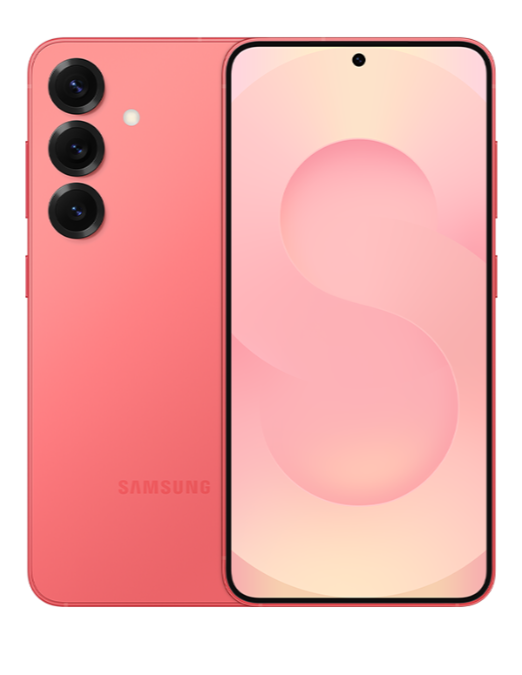Vivo X200 FE and Samsung Galaxy S25 represent two of the most balanced premium flagships of 2025, each offering top-tier performance. This comparison matters because it pits Vivo’s hardware-centric value against Samsung’s polished ecosystem and long-term software support. For buyers seeking flagship-level features without crossing into ultra-premium pricing, this is one of the year’s most important matchups.
1. Design and Display

Build and Feel:
The vivo X200 FE offers a refined glass-aluminum build with a premium matte texture and includes IP68/IP69 ratings, giving it higher resilience against water jets than the Galaxy S25’s IP68 alone. The Galaxy S25 counters with more scratch-resistant Gorilla Glass Victus 2 on both sides and a tougher Armor Aluminum 2 frame, making it more durable for everyday drops. The vivo phone feels denser and sturdier in hand, while the S25 is more compact and lightweight, enhancing one-handed usability.
The Galaxy S25 edges ahead for durability and handling, while the X200 FE feels more solid and rugged in challenging environments.
Display Quality:
Vivo X200 FE has a 6.31″ LTPO AMOLED panel with an impressive peak brightness up to 5000 nits and 2160Hz PWM dimming, delivering more vivid outdoor visibility and reduced eye strain. The Galaxy S25’s 6.2″ LTPO AMOLED 2X peaks at 2600 nits, with HDR10+ and 480Hz PWM, offering excellent smoothness and color fidelity. However, the vivo panel provides deeper HDR contrast and higher PWM for better comfort during long sessions.
Vivo X200 FE offers a brighter and more eye-friendly display, giving it the edge for media consumption and reading comfort.
| Preview | Product | |
|---|---|---|
|
|
Samsung Galaxy S25 5G Smartphone with Galaxy AI (Icyblue, 12GB RAM, 256GB Storage), Snapdragon 8… | Check Price on Amazon |
Please Note: When you buy something using the links in our articles, we may earn a small commission at no cost to you.
| Preview | Product | |
|---|---|---|
|
|
VIVO X200 FE 5G (Luxe Grey, 12GB RAM, 256GB Storage) with No Cost EMI/Additional Exchange Offers | Check Price on Amazon |
Please Note: When you buy something using the links in our articles, we may earn a small commission at no cost to you.
2. Specifications

Performance:
Galaxy S25 uses the Snapdragon 8 Elite (3nm), a flagship-tier chip with extremely high CPU/GPU frequencies, making it ideal for heavy multitasking, gaming, and future-proofing. The vivo X200 FE features the Dimensity 9300+, which is no slouch and provides comparable real-world performance, especially in sustained workloads due to its efficient thermal profile. The Galaxy’s Adreno 830 GPU, however, gives it better gaming and AI benchmark scores.
Galaxy S25 leads in peak performance and GPU power, though the X200 FE remains competitive in everyday tasks and thermal balance.
Battery and Charging:
Vivo X200 FE includes a massive 6500mAh battery (global version) with 90W wired charging, achieving a full charge in under an hour. The Galaxy S25 has a significantly smaller 4000mAh battery and just 25W charging, but supports wireless and reverse wireless features, including Qi2. In longevity and charging speed, vivo offers a significant advantage. Samsung’s edge lies in wireless ecosystem support, useful for users with wearables and wireless accessories.
Vivo X200 FE dominates with longer endurance and faster charging, while Galaxy S25 offers better wireless convenience.
3. Camera

Main and Secondary Lenses:
Both phones feature 50MP main sensors with similar image sizes, but Samsung’s dual pixel PDAF and Super Steady video add more versatility, especially for video. The S25 also boasts an excellent 12MP ultrawide with larger pixels for better night shots. Vivo’s 50MP periscope lens offers higher resolution zoom, but the ultrawide lags with only 8MP. Samsung supports up to 8K video, a clear win for content creators.
Galaxy S25 provides more balanced and capable triple-lens versatility, especially for video and ultrawide photography.
Selfie Camera:
The vivo X200 FE carries a high-res 50MP front camera capable of 4K video, making it ideal for high-quality selfies and vlogging. Samsung’s 12MP front shooter includes HDR10+ and dual-pixel autofocus, delivering natural tones and solid low-light results. While Samsung offers slightly better software optimization, vivo’s raw resolution and video capabilities offer more creative flexibility.
Vivo X200 FE wins in selfie detail and video resolution, while Galaxy S25 offers smoother results for quick snaps.
4. Pricing
Both phones are priced similarly at around $700, positioning them as premium flagships under a value-friendly umbrella. The vivo X200 FE offers more RAM (up to 16GB), higher battery capacity, and faster charging for the price. Meanwhile, the Galaxy S25 brings in flagship polish, longer software support (7 Android upgrades vs 4), and better brand resale value.
Vivo X200 FE offers better hardware value at $700, but the Galaxy S25 delivers better long-term ecosystem and support benefits.
5. Conclusion

Galaxy S25 brings Samsung-exclusive software like DeX, Circle to Search, and Wireless DeX, giving it an edge for productivity and integration with other devices. It also supports 8K video and offers more durable materials. vivo X200 FE counters with a 6500mAh battery, ultra-bright display, advanced cooling, and Zeiss optics, making it a performance beast with camera tuning perks.
For users focused on gaming, endurance, and high-res selfies, vivo is better suited. For users valuing compactness, camera balance, and software longevity, the Galaxy S25 stands out.
Choose vivo X200 FE for raw hardware value and battery; choose Galaxy S25 for balanced performance, camera versatility, and superior long-term support.







